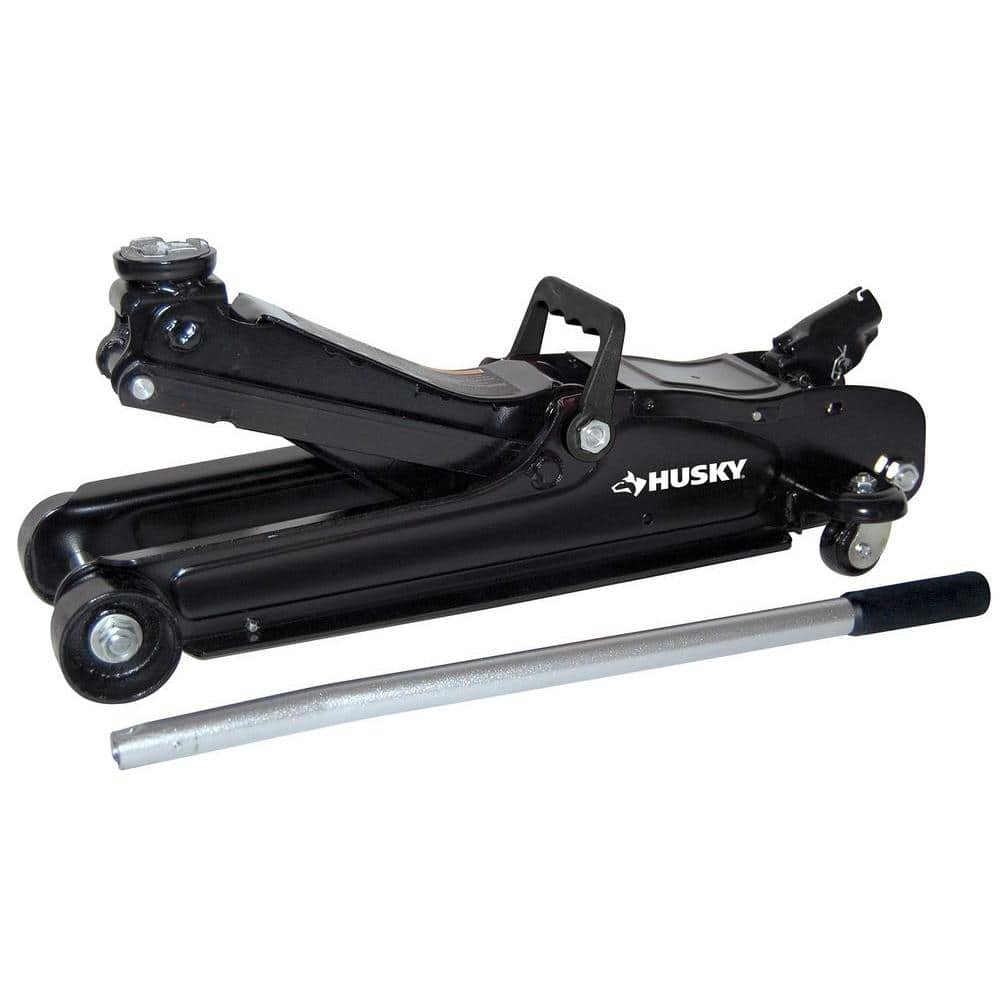my 2,000 # sailboat is sitting on its dual-axle trailer (LoadMaster 5 Starr. 2011 ) . (4 tires , 2 axles. ) At haul out in October, we noticed the port rear tire has a slow leak and is losing air. I pumped it up twice and after a month the air pressure is down. significantly. The boat is on the hard at the marina . I intend to buy 2 new tires . the questions are:
question 1: how to change out the bad tire for a new one, with the boat on the trailer ?
(the only thing I have is an old scissors jack and some wood chocks. ) do I have to hire a mechanic ?
question 2: is it worth paying the marina crew $$$ to put the boat in slings for a couple hours to change out the tires ?
question 3: has anyone used the trailer coverage on a Boat US policy ?
thanks for any advice you have. I want to get this rig on the road in march 2024 for a long 600 mile road trip and I sure don't want a breakdown at the side of the interstate.
question 1: how to change out the bad tire for a new one, with the boat on the trailer ?
(the only thing I have is an old scissors jack and some wood chocks. ) do I have to hire a mechanic ?
question 2: is it worth paying the marina crew $$$ to put the boat in slings for a couple hours to change out the tires ?
question 3: has anyone used the trailer coverage on a Boat US policy ?
thanks for any advice you have. I want to get this rig on the road in march 2024 for a long 600 mile road trip and I sure don't want a breakdown at the side of the interstate.



